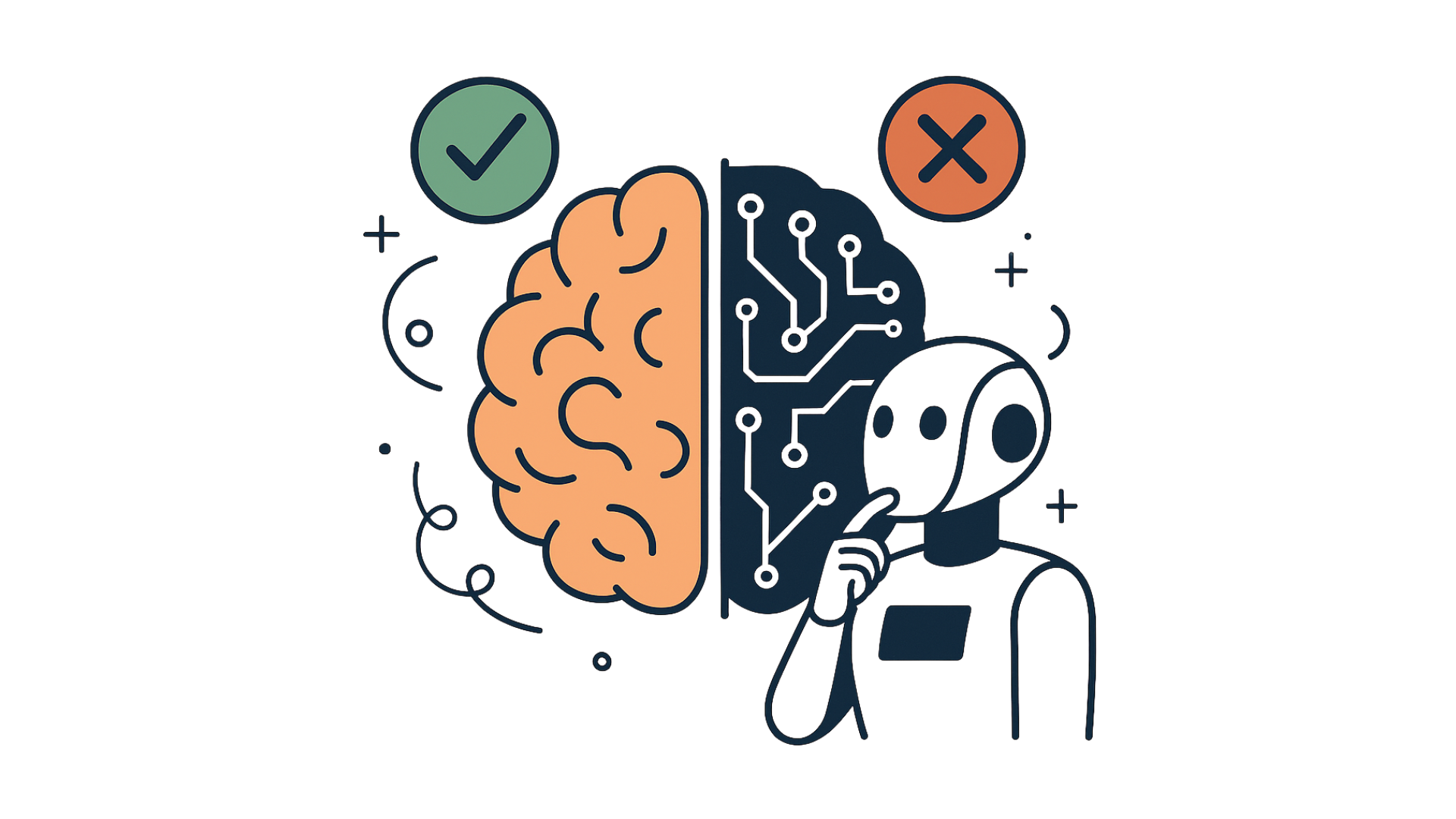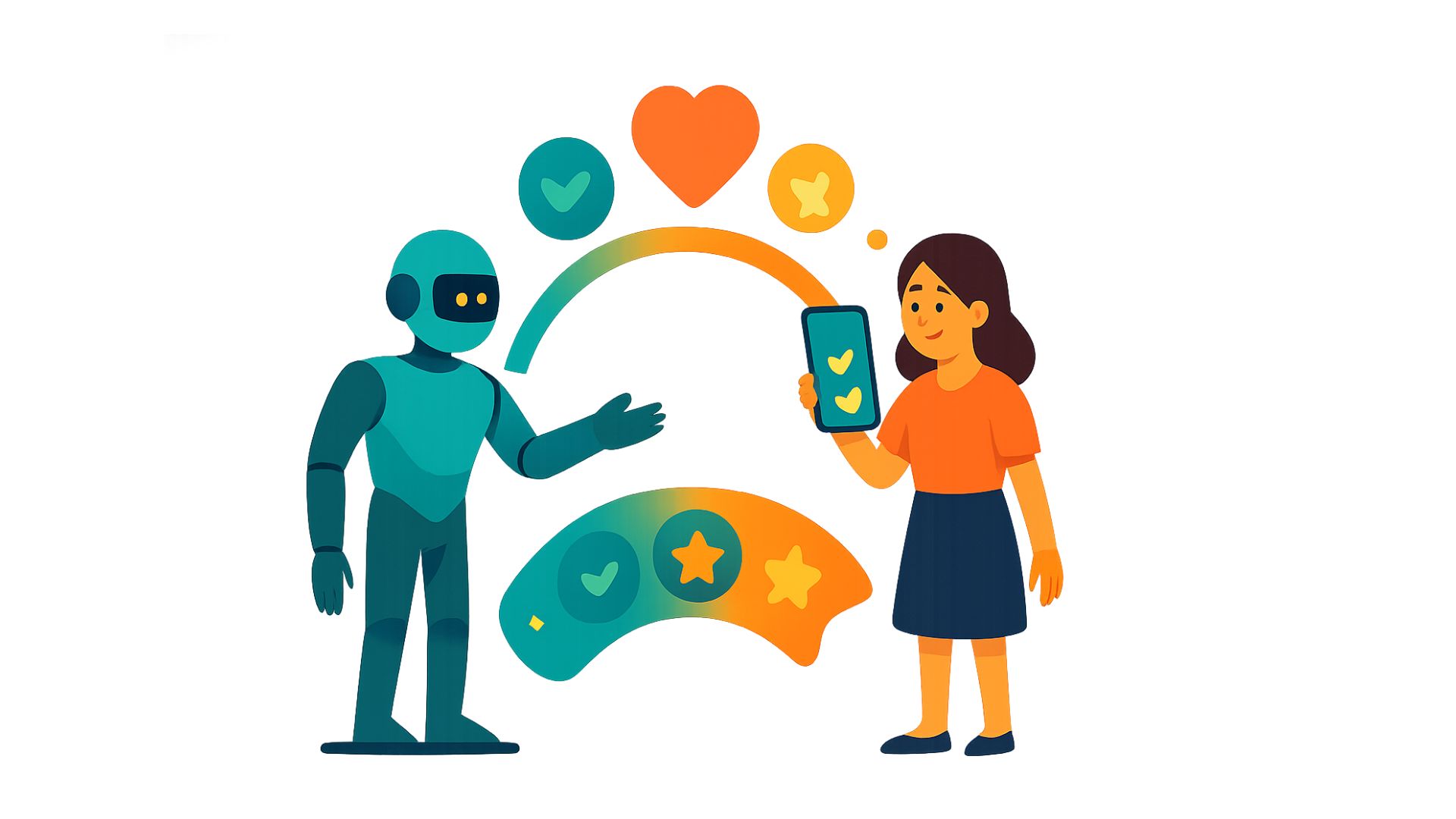In an era driven by technological advancements, the role of artificial intelligence (AI) has become increasingly significant. One of the most intriguing aspects of AI is the rise of chatbots. However, when it comes to chatbot adoption there are businesses that are still skeptical, given the perception that chatbots are impersonal and often end up in customers’ frustration.
So, the question that arises is whether to embrace bots or approach them with caution. In this blog post, we will explore the pros and cons of using chatbots and examine the ethical considerations surrounding their implementation.
How do bots help enhance customer experience?
Consider the facts below:

1 . The size of the chatbot market is forecast to reach around 1.25 billion U.S. dollars in 2025, a considerable increase from the market size in 2016, which stood at 190.8 million U.S. dollars.
2 . About chatbots, 60% of millennials have utilized them, with 70% of those expressing positive experiences. Among millennials who haven’t utilized chatbots, over half expressed an interest in doing so.
3. By 2027, the worldwide chatbot market is projected to reach 454.8 million U.S. dollars in revenue, up from 40.9 million dollars in 2018.
The above statistics are a testament to the fact that bots can significantly enhance customer experience in various ways, providing benefits to both businesses and their customers.
Here are some key ways in which bots contribute to an improved customer experience:
1 . 24/7 Availability
Bots can operate around the clock, providing instant responses to customer queries at any time. This ensures that customers can get assistance or information even outside regular business hours.
2 . Instant Responses
Bots offer quick and immediate responses to customer inquiries, reducing wait times and improving overall response times. This is particularly valuable for resolving simple or common issues efficiently.
3 . Efficient Query Handling
Bots excel at handling repetitive and routine queries, allowing human agents to focus on more complex and personalized customer interactions. This efficiency contributes to faster issue resolution.
4 . Automated Task Completion
Bots can perform various tasks, such as updating information, processing transactions, or scheduling appointments. This automation streamlines processes and frees up human agents to address more complex customer needs.
5 . Omni-Channel Support
Bots can be integrated across multiple communication channels, including websites, social media, messaging apps, and more. This enables customers to interact with businesses through their preferred platforms, enhancing accessibility and convenience.
6. Scalability
Bots are scalable, meaning they can handle a large volume of simultaneous interactions without a decrease in performance. This is especially valuable during peak times or when there is a sudden surge in customer inquiries.
7. Data Collection and Analysis
Bots can collect valuable data during customer interactions, helping businesses gain insights into customer preferences, behaviors, and common issues. This data can inform decision-making and improve overall service.
8. Cost-Effective Support
By automating routine tasks, bots contribute to cost savings for businesses. This allows organizations to allocate human resources more strategically, focusing on tasks that require a personal touch or complex problem-solving.
To sum it up, bots play a crucial role in enhancing customer experience by providing instant, consistent, and efficient support across various channels, allowing businesses to meet customer expectations and build stronger relationships.
Where do bots lack?
While there is no denying that bots can augment your support organization in unprecedented ways, let’s look at some common concerns related to chatbot adoption. According to a recent survey involving 1,554 global consumers, focusing on their recent interactions with chatbots, the participants provided an average rating of 6.4 out of 10 for their chatbot experiences.
Half of the consumers expressed frequent frustration during their interactions with chatbots, and almost 40% described these interactions as negative.
While bots offer numerous advantages, they also have limitations and areas where they may fall short.
Here are some common areas where bots may lack:
1 . Inability to Handle Complex Issues
While bots excel at handling routine and repetitive tasks, they may struggle with more complex issues that require critical thinking, creativity, or a deep understanding of specific domains. Human intervention may be necessary for such cases.
2 . Dependency on Predefined Data
Bots rely on predefined data and algorithms. If they encounter situations or questions outside their programmed knowledge base, they may provide inaccurate or irrelevant information. They cannot think or reason beyond their programming.
3. Difficulty with Unstructured Data
Bots may struggle with unstructured data or varied language inputs. Natural language is complex, and understanding colloquialisms, slang, or informal language can be challenging for bots.
4. Security Concerns
Bots can pose security risks if not properly secured. They may inadvertently share sensitive information or be susceptible to exploitation by malicious actors, leading to potential data breaches.
5. Over-Reliance on Scripts
Some bots operate based on scripted responses. While this ensures consistency, it can lead to a lack of flexibility in handling unique or unexpected scenarios. Bots may not adapt well to evolving situations.
6. Ethical and Bias Concerns
Bots may unintentionally reflect biases present in the data used to train them. Additionally, ethical concerns may arise if bots are used in ways that infringe on privacy or violate ethical standards.
7. Customer Trust Issues
Some users may be hesitant to trust bots, especially in situations that require a high level of trust or involve sensitive information. Establishing and maintaining trust is often more challenging for bots compared to human interactions.
8. Inability to Empathize Deeply
Bots lack the ability to empathize with users. In situations where users are expressing emotions or dealing with sensitive issues, the absence of genuine empathy can impact the quality of the interaction.
Understanding these limitations is crucial for businesses to deploy bots effectively. Combining bots with human support where necessary and continually improving their capabilities through updates and training data can help mitigate some of these challenges.
So, to bot or not to bot?
Well, it’s established that chatbot adoption is inevitable, but how to incorporate chatbots in your overall strategy without compromising on the customer experience depends on various factors, including the nature of the business, user expectations, and ethical considerations.
Striking a balance between the efficiency of automation and the personal touch of human interaction is crucial.
Ultimately, the question is not just about whether to bot or not to bot, but how to integrate these technologies responsibly to enhance user experiences without compromising on ethical principles.
Talk to our industry experts to discuss your chatbot use case and find just the right solution for your support needs: Schedule a demo today!













